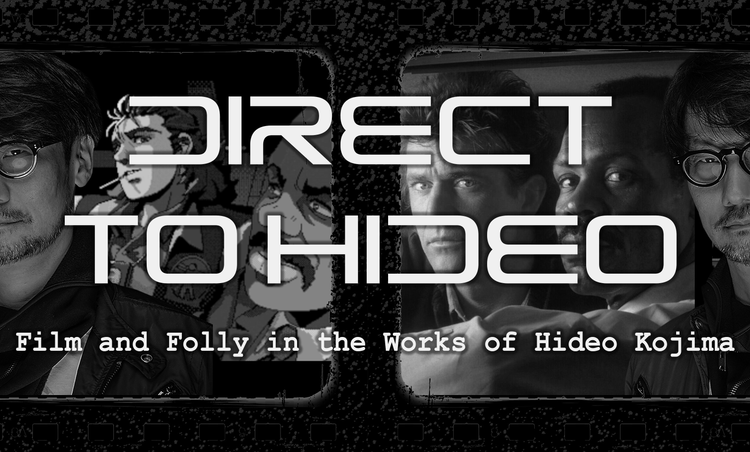Elden Ring's Dancing Lion: The Beast of Both Worlds

Elden Ring is a massive game; its Shadow of the Erdtree expansion, released last Friday, is similarly large, though obviously not as much as the base game. Elden Ring is also very hard, and here the add-on is likely to surpass it. After the first weekend of play I had only toppled one of its seven main bosses, along with a couple mini-bosses and a handful of duels with other quarrelsome knights. As such I don't have much to say about its slowly-revealed narrative, a search for a missing messianic demigod. But I can say an awful lot about that boss which gave me so much trouble, Divine Beast Dancing Lion. It's one of the best bosses developer From Software has ever done, informed more than usual by real-world inspiration and embodying the penchant for the silly and the sublime that makes Elden Ring such a captivating piece of media.
My first impressions of the beast were rather middling. Fleeting glances in the DLC's gameplay trailer made it hard to tell what the thing even is; the shape—a mammalian head with glowing eyes and grinning teeth jutting out from a mane of hair and horns and a lump of a body—suggested the Banthas from the original Star Wars more than anything else. Only when encountering it in-game does it become clear: this is a costume, the kind used in East Asian festivities (originating in China, the Japanese version is called shishimai) by one or two people to perform ceremonial dances, often to grant good luck in the new year. The one you encounter in-game is operated by two relative giants, and the jaws unsettlingly have beast teeth on the outside and human teeth within, but it is otherwise just as you would see it in real life. It is literally two guys in a lion costume. It's a light-hearted change of pace from typical Elden Ring bosses, which are generally humanoid, dragon, eldritch abomination, or something in between.
Yet using a real-world religious dance imbues the encounter with depth, especially once you learn that the Dancing Lion was part of a ritual that was "turned to martial ends" when an invading crusader army laid seige to the tower where you fight it. Religion and ritual are of great significance in Elden Ring's story and world, whose patron deities are not abstractions but embodied, surpassingly strong beings. In the game's setting of The Lands Between faith in gods is powerful because it governs action that is backed up with actual power. It's not just that the gods are real and capable of waging physical war, but so too are prayers and incantations and rituals—including that of the lion dance. In the real world the preservation of culture against an invading, supremacist force is often considered an act of figurative resistance, but in Elden Ring it is quite literal.
What makes Divine Beast Dancing Lion exceed From Software's already high standards of art direction is how it depicts that real-world pageantry in this wholly digital world. The two media make use of very different kinds of suspension of disbelief. We have no giant dancing lions in real life, and so to make one 'present' we buy into the theatrical illusion that the moving costume piece is a mythic beast, the same as we would an actor playing a role. In a video game nothing is real, the 3D environment and objects are all complex calculations generating a 2D image that tricks our brain into thinking it moves at (ideally) 60 frames per second. Monsters and beasts are standard fantasy game enemies, but they're usually depicted in more or less the same graphical style as the rest of the world and its inhabitants. Which is technically true with the Dancing Lion, the costume and the men beneath it are rendered in Elden Ring's slightly painterly visual scheme. As in real life there is no attempt to make the costume appear more overtly fantastical, but unlike real life this is not the default; it would be easier for the 3D artists and animators to animate a realistic lion model—in fact they already did, with the Lion Guardian enemy in the base game—but recreating a shishimai involves modeling and animating two humanoid rigs along with the major "joints" of the costume and simulating the physics of hair and cloth and armor. The pursuit of realism in game graphics is an increasingly pointless task, but making an artificial recreation of actual artifice is perversely inspired.
Plus it really can't be overstated how good the animation is. The movement captures the flow of actual lion dancers, the serpentine motion and quick jaw snaps (with the head guy's hands visibly, wonderfully manipulating the mandible up and down), but it also translates this into the game's magical fantasy combat visual language. It chomps its jaws and swings its body around to try to hit the player and twirls through the air with dizzying speed, while also dealing out wind, lighting, and ice magic attacks. Viewing the character model with some costume layers removed lets us appreciate the level of detail even more. Look at that guy in the back, how hunched over he is. See how, whenever the lion rears up, the guy in front stands on the other guy's shoulders. It's not strictly "realistic," the back guy gets swung around as if he were handcuffed to the other, but in action it's convincing enough, especially when you're getting repeatedly stomped into the ground.
The fight itself is, typically, overwhelming at first. The Dancing Lion is large but moves quick, and like other bosses hits hard and often, with a combo that has it spinning about while spewing a wind storm, making it difficult to get a hit in. I was convinced I would end up needing to summon help—which tends to make these fights vastly easier since the enemy AI is primarily made for duels—but in time I was able to level up, optimize my equipment, and learn its moveset. It's a well-trod loop for these games, knowing when to dodge, parry, strike, heal, not unlike learning to dance with a particularly aggressive partner. That this enemy was doing an actual dance just made it that much more satisfying when I learned to hit my marks, and my opponent, and took it down.
The bosses tend to get harder from here[1]. While they may be as satisfying to best in combat or more—the next one on my hit list was also a dancer of sorts—I doubt any will so creatively temper the unbound possibilities of digital animation with practical theatricality.





Member discussion